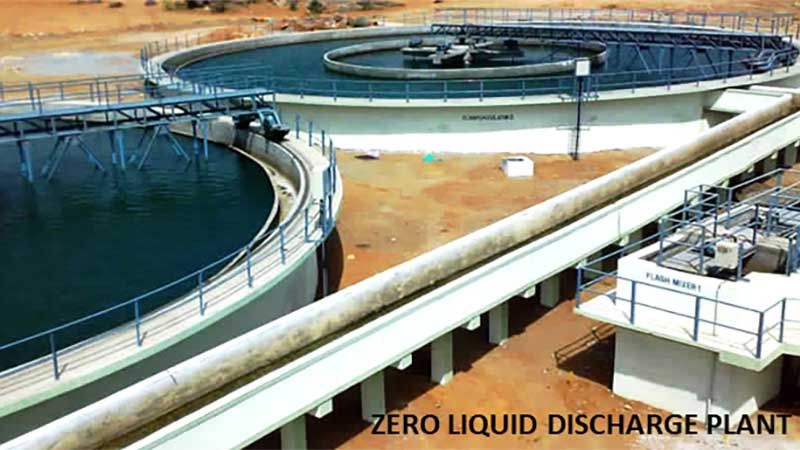
The global market for zero liquid discharge (ZLD) technology was valued at approximately $1 billion in 2021, and it is projected to experience a compound annual growth rate of nearly 12% over the next decade. This upward trend is primarily fuelled by the rising adoption of ZLD technology within the food and beverage as well as the textile industries. As the world's population continues to expand, there is an increased strain on freshwater resources, leading these industries to seek sustainable solutions for water management, thus driving the growth of the ZLD market.
Zero liquid discharge (ZLD) is an advanced method of treating liquid waste streams, aiming to completely eliminate the discharge of liquid waste into the environment. This process involves the conversion of liquid waste into reusable clean water and a significantly reduced volume of solid residues. ZLD offers several advantages over other treatment techniques. One notable advantage is its ability to effectively separate unwanted substances from water, regardless of whether they are benign, hazardous, or toxic. This comprehensive separation process ensures that the resulting water is free from contaminants, making it suitable for reuse in various applications.
Additionally, ZLD produces solid residues that are often more stable and manageable compared to other treatment methods. These solid residues can be further processed and recycled, contributing to resource recovery and reducing the amount of waste sent to landfills.
Overall, the key advantage of ZLD lies in its capability to transform liquid waste streams into clean water for reuse while minimizing the volume of solid residues. This environmentally-friendly approach offers a sustainable solution to address liquid waste management challenges and promotes the conservation and efficient use of water resources.
The Transparency Market Research has highlighted in its report that the implementation of ZLD technology is witnessing widespread adoption across various industries, including chemical and petrochemical production, food and beverage production, textiles, energy and power, and pharmaceutical manufacturing. The driving factors behind this adoption are the growing environmental awareness regarding the risks associated with toxic wastewater and the increasing stringency of environmental regulations.
Industries have become increasingly aware of the potential environmental hazards posed by toxic wastewater and have recognized the need for effective treatment solutions. The stricter environmental regulations have raised the costs associated with handling and disposing of generated waste, and in some cases, traditional disposal methods have become impractical or prohibited.
Companies are actively seeking more sustainable alternatives for managing their wastewater. ZLD technology has emerged as one of the leading solutions in this regard. By implementing ZLD, industries can achieve the objective of zero liquid discharge, reducing their environmental impact and ensuring compliance with regulations. This technology enables the conversion of liquid waste into clean water for reuse, minimizing water consumption and conserving resources. Moreover, ZLD reduces the volume of solid residues, facilitating their proper management and disposal.
Overall, ZLD has gained prominence as a leading technology for industries looking to address the challenges associated with toxic wastewater and stringent environmental regulations. Its implementation offers a sustainable and environmentally responsible approach to wastewater management across diverse industrial sectors.